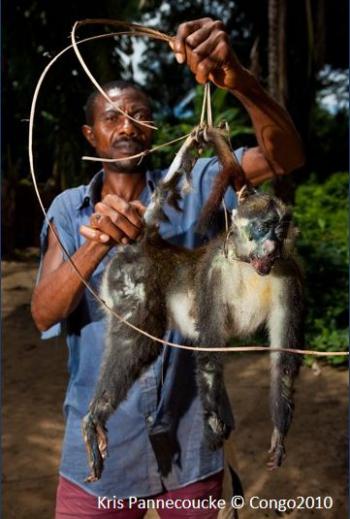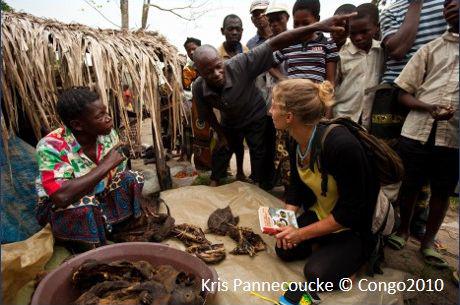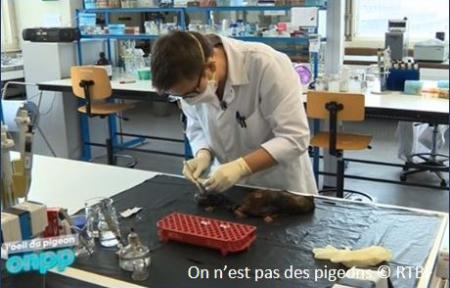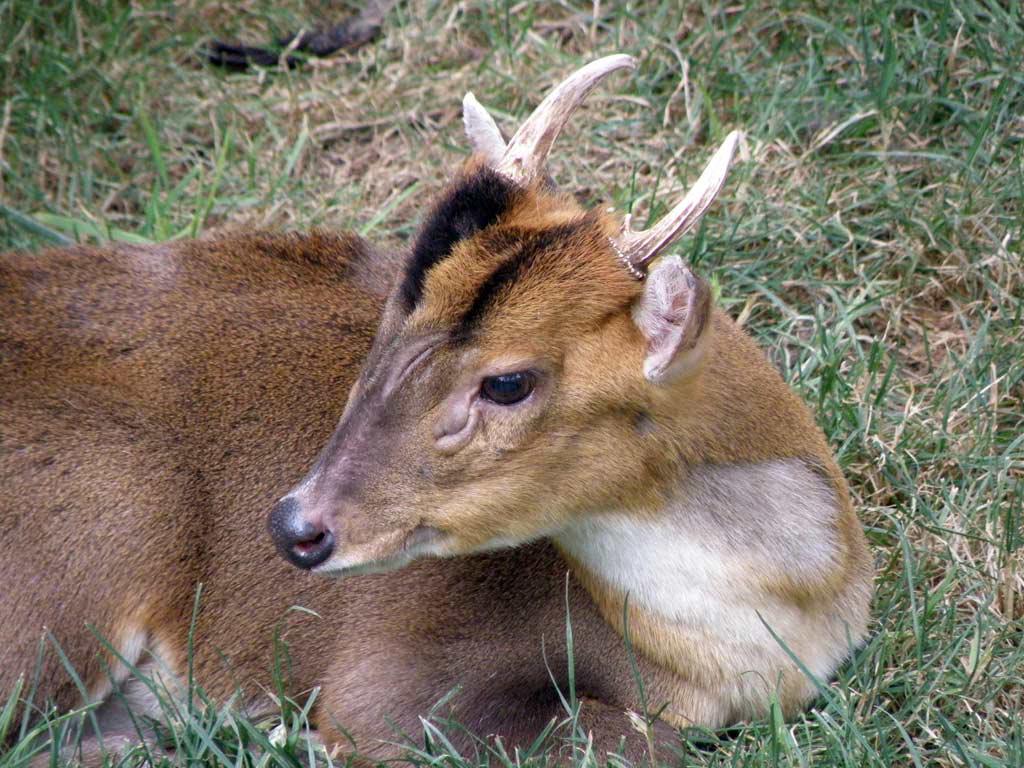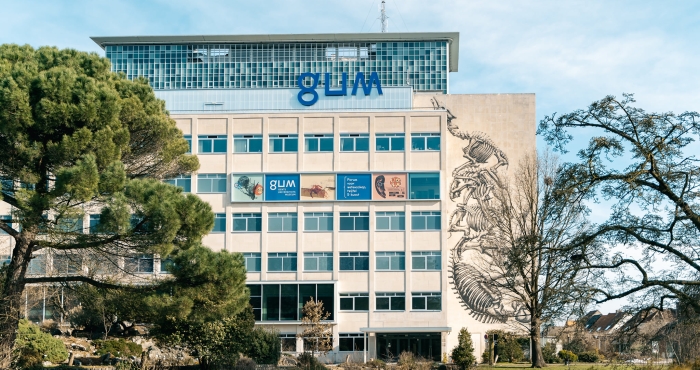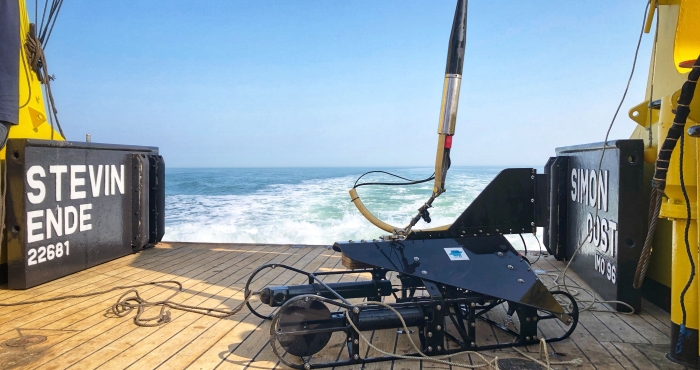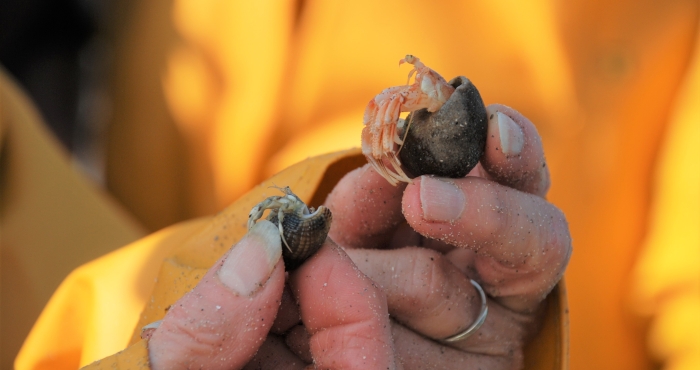Bushmeat hunting and poaching are of major concern and can be a greater threat to wildlife conservation and species survival than habitat destruction. Mammals generally make up the majority (> 90 %) of bushmeat in terms of numbers of individuals and biomass, with large rodents and ungulates representing the bulk of the carcasses. In the Congo Basin an estimated 1 to 3.4 million tonnes of wild meat are harvested annually, i.e. about 6 times the amount that supposedly can be harvested in a sustainable way. In general, bushmeat markets follow the growth of extractive industries that trigger the immigration of workers and their families to remote areas, and increase accessibility by opening up previously unreachable forests to hunters with new road networks. In addition, wars, uprisings and other emergencies also have a significant impact, since refugees often have little choice in what they eat.
While bushmeat hunting is predominantly a poor man’s activity, eating wild meat is not. Increasing urban consumers demand for bushmeat has catalysed a booming commercial trade which has led to unprecedented, continuously increasing, hunting pressures. This urban demand is often driven by the wealthy elite willing to pay high prices to eat bushmeat, not as a dietary necessity, but as an occasional delicacy or luxury item. In addition, widespread organised trade networks feed the international bushmeat demand. Reliable information on the true scale of the international bushmeat trade is lacking. However, bushmeat import in Europe is probably much higher than suspected up to now. Bushmeat products intercepted in Europe comprise of a wide range of species, many of which are CITES-listed, including primates, rodents, antelopes and elephants.
The bushmeat trade is also of public health concern since up to 75 % of emerging infectious diseases in humans are of zoonotic origin. The butchering of bushmeat, particularly primates, has been implicated in the transmission of several zoonotic pathogens including SIV, SARS and Monkeypox. Consequently, the international bushmeat trade from West and Central Africa into Europe, Asia and North America might pose human health risks due to the possible presence of infectious agents.
The text in this background section is based on the posters about the bushmeat trade presented at the “Stop Wildlife Trafficking” expo organised at the European Parliament in Brussels from 9 till 11 July 2018. These posters are a result of a collaboration between the Belgian National Focal Point for the Convention on Biological Diversity, the Royal Belgian Institute of Natural Sciences, the Royal Museum for Central Africa, WWF-Belgium, WWF-Europe, the World Conservation Society, the International Fund for Animal Welfare, TRAFFIC (the wildlife trade monitoring network), the Botanic Garden Meise, Brussels Airport, the University of Liège, and the Belgian Federal Public Service Health, Food Chain Safety and Environment.

